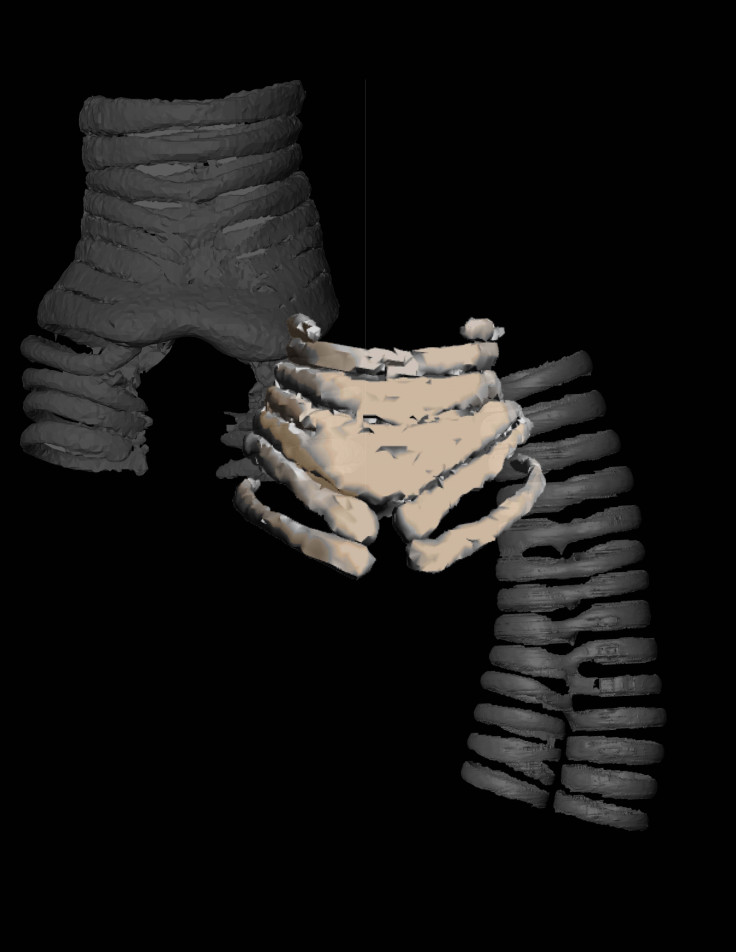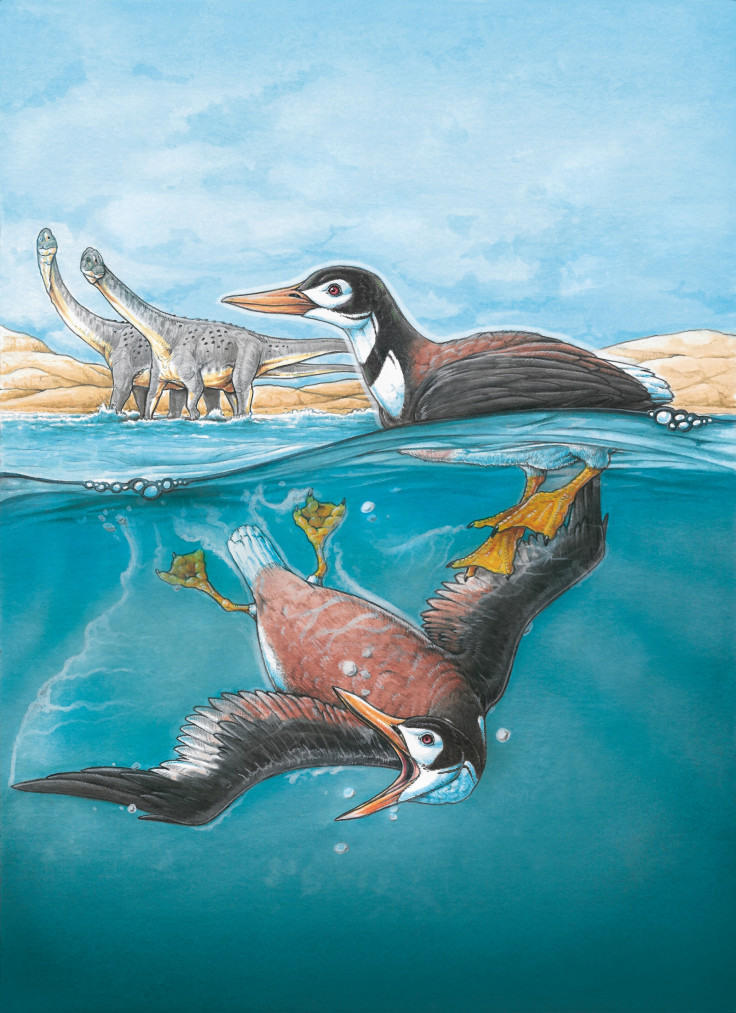Oldest bird vocal organ sheds light on how dinosaurs sounded
The syrinx dates back to more than 66 million years ago and would have been used to produce goose-like honks.

Discovered in Antarctica, the oldest fossilised syrinx – a bird's vocal organ – may reveal clues about the evolution of the avian vocalisation apparatus, and about choral communication among birds. Modern birds are one of the most ecologically diverse group on Earth, with about 10,000 living species recorded.
The role of the syrinx and its evolution has not been documented much although scientists now know a lot about the role of feathers and wings and have extensively studied feeding systems and body size differences among birds. This is partly because few syrinx specimens have been identified, and most appear to be much younger than the one recently discovered.
Described in a study published in the journal Nature, the syrinx was recovered from Antarctic rocks in layers older than the layer corresponding to the Cretaceous– Palaeogene extinction event some 66 million years ago – an event which saw the extinction of non-avian dinosaurs on the planet.
Like a goose or a duck

The scientists, led by Julia Clarke (University of Texas at Austin), believe the syrinx fossil belonged to a bird known as Vegavis iaai which inhabited the Vega Island on the Antarctic Peninsula. They used X-ray computed tomography to study the syrinx and compare it to data from younger fossils and twelve living birds. This allowed them to reconstruct the evolution of this complex organ and examine its three dimensional structure.
The structure of the syrinx and the position of Vegavis in the evolutionary tree suggest that the bird had an ability to produce honks and other simple sounds to communicate, which are typical of ducks and geese.
The most important question raised by this study is perhaps why the syrinx fossil record is so poor. The scientists' hypothesis is that the syrinx represents a feature that evolved relatively late in the bird lineage compared with feathers and flight, which is why very old syrinx fossils are so hard to find.
It is possible that the syrinx is a defining avian feature and that it was crucial to the important diversification of birds that we still see today.
Because birds are direct descendants of dinosaurs, the discovery could have implications for working out how their ancestors sounded. "This finding helps explain why no such organ has been preserved in a non-bird dinosaur or crocodile relative," Clarke said. "This is another important step to figuring out what dinosaurs sounded like as well as giving us insight into the evolution of birds."
© Copyright IBTimes 2025. All rights reserved.





















